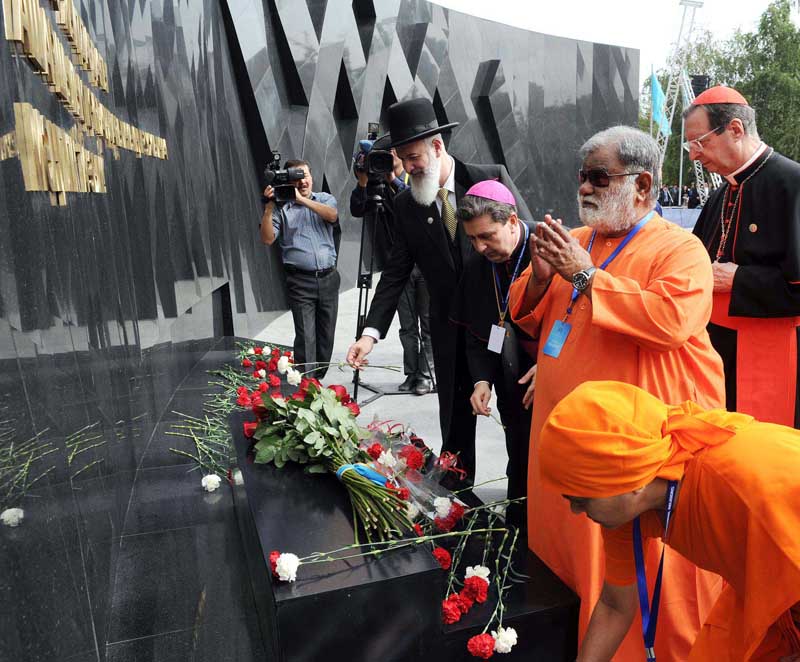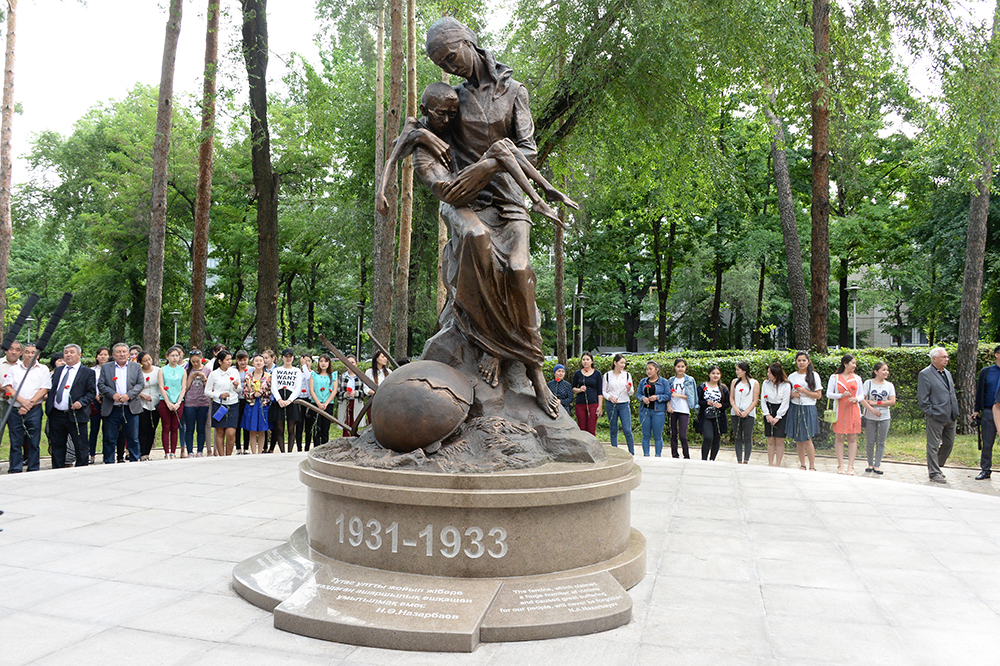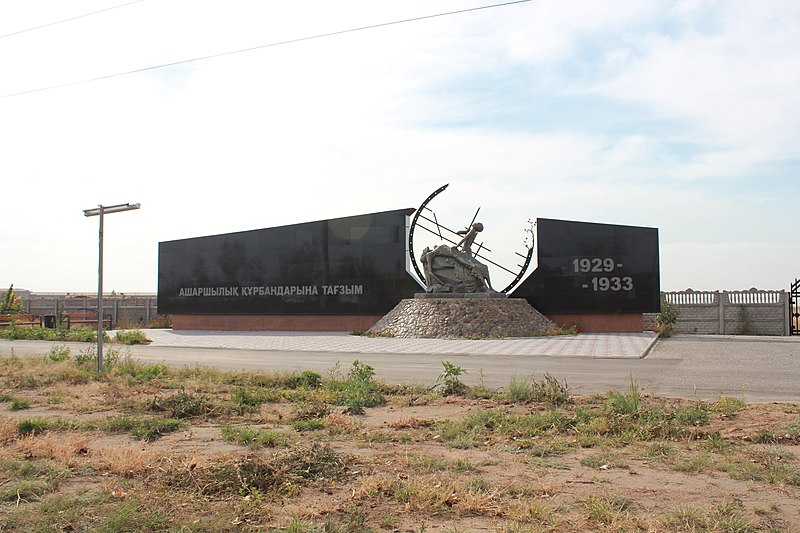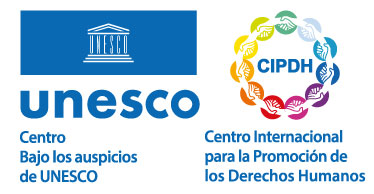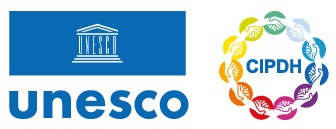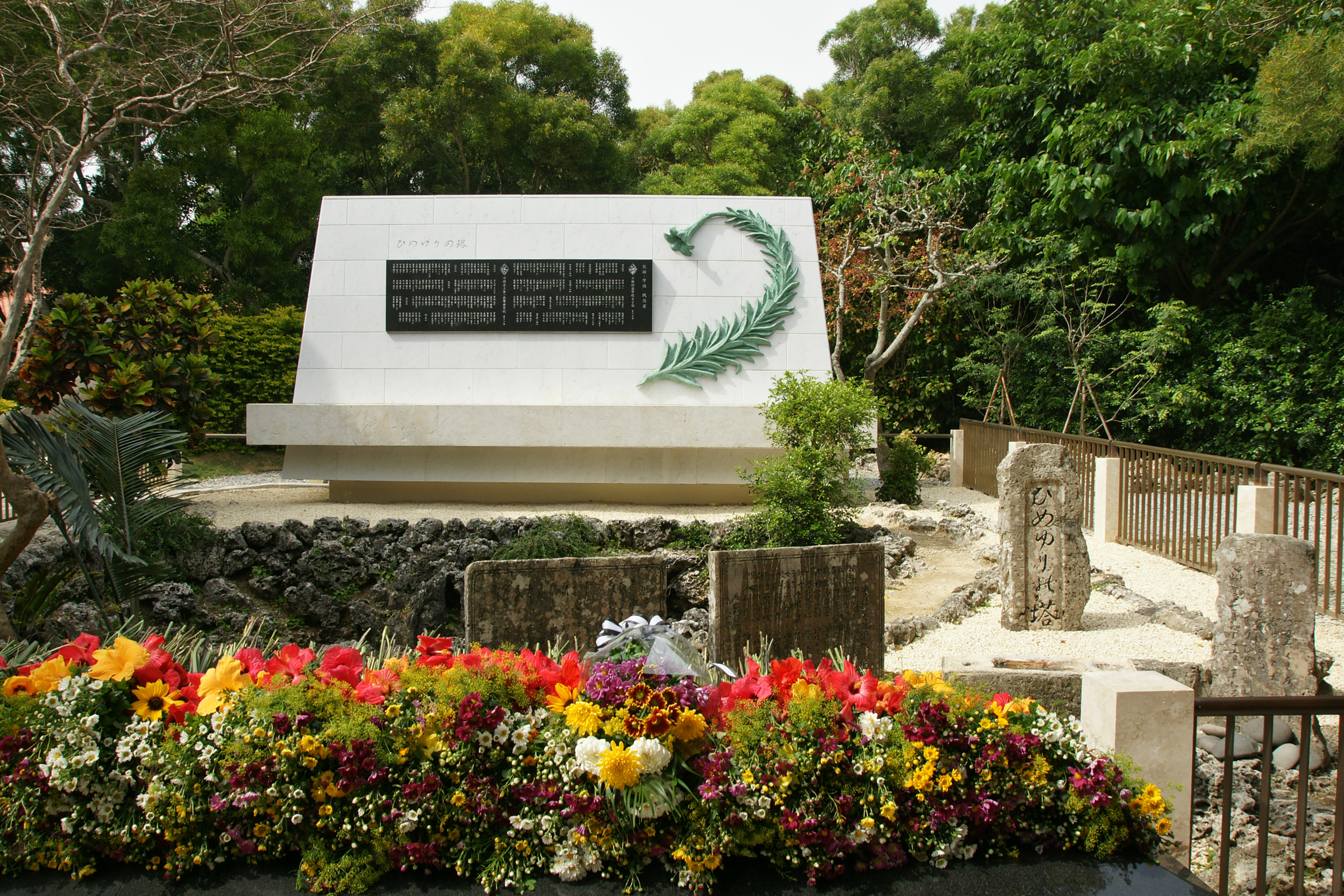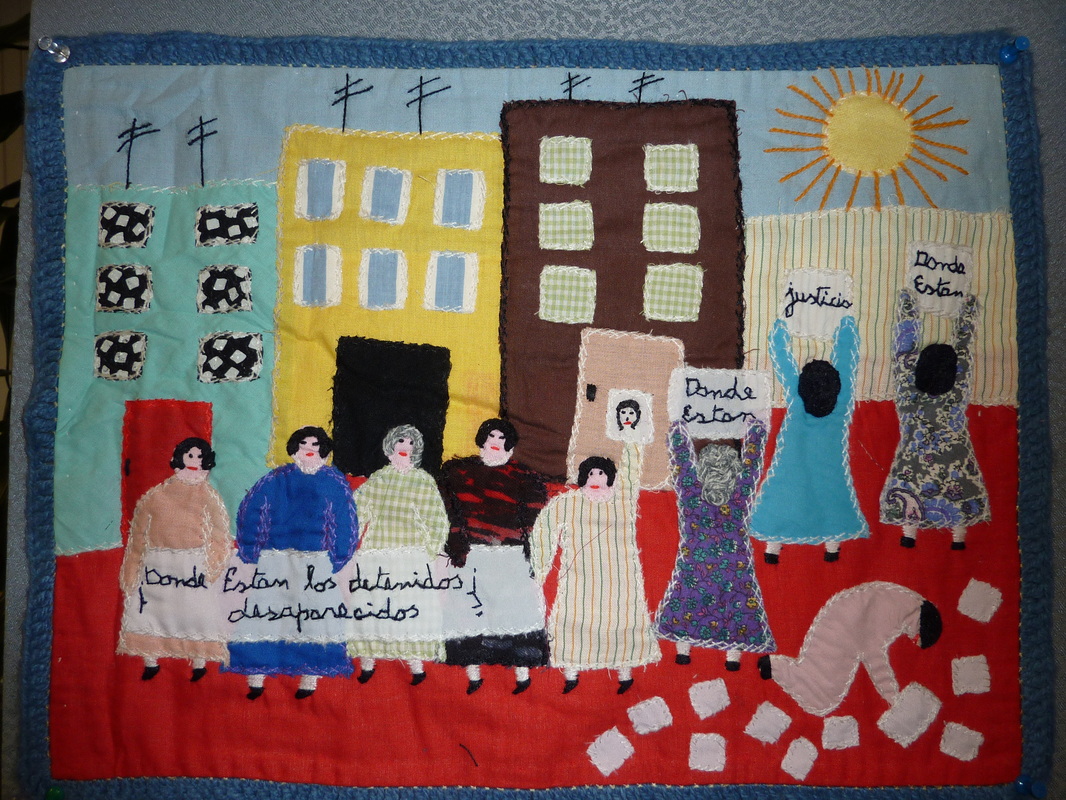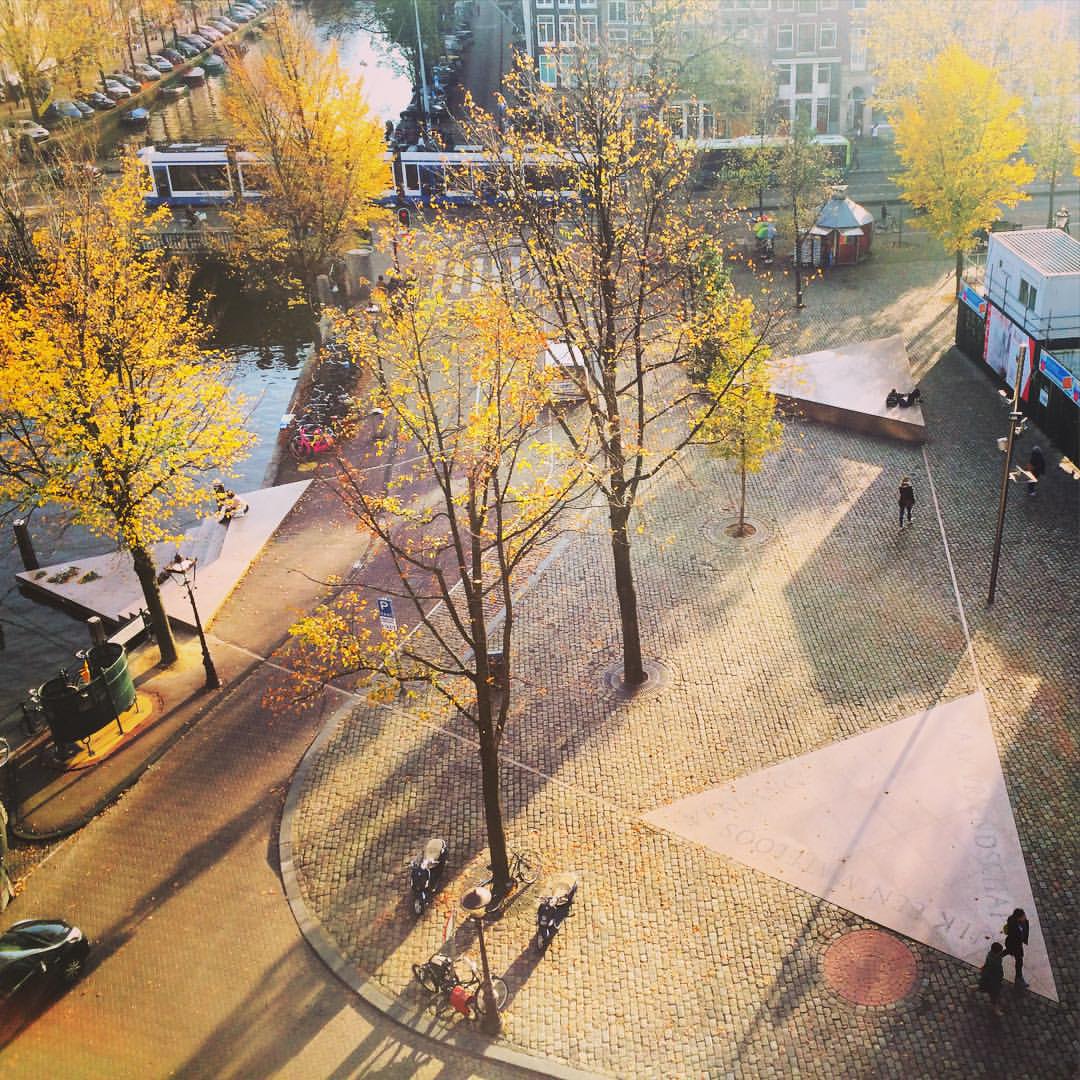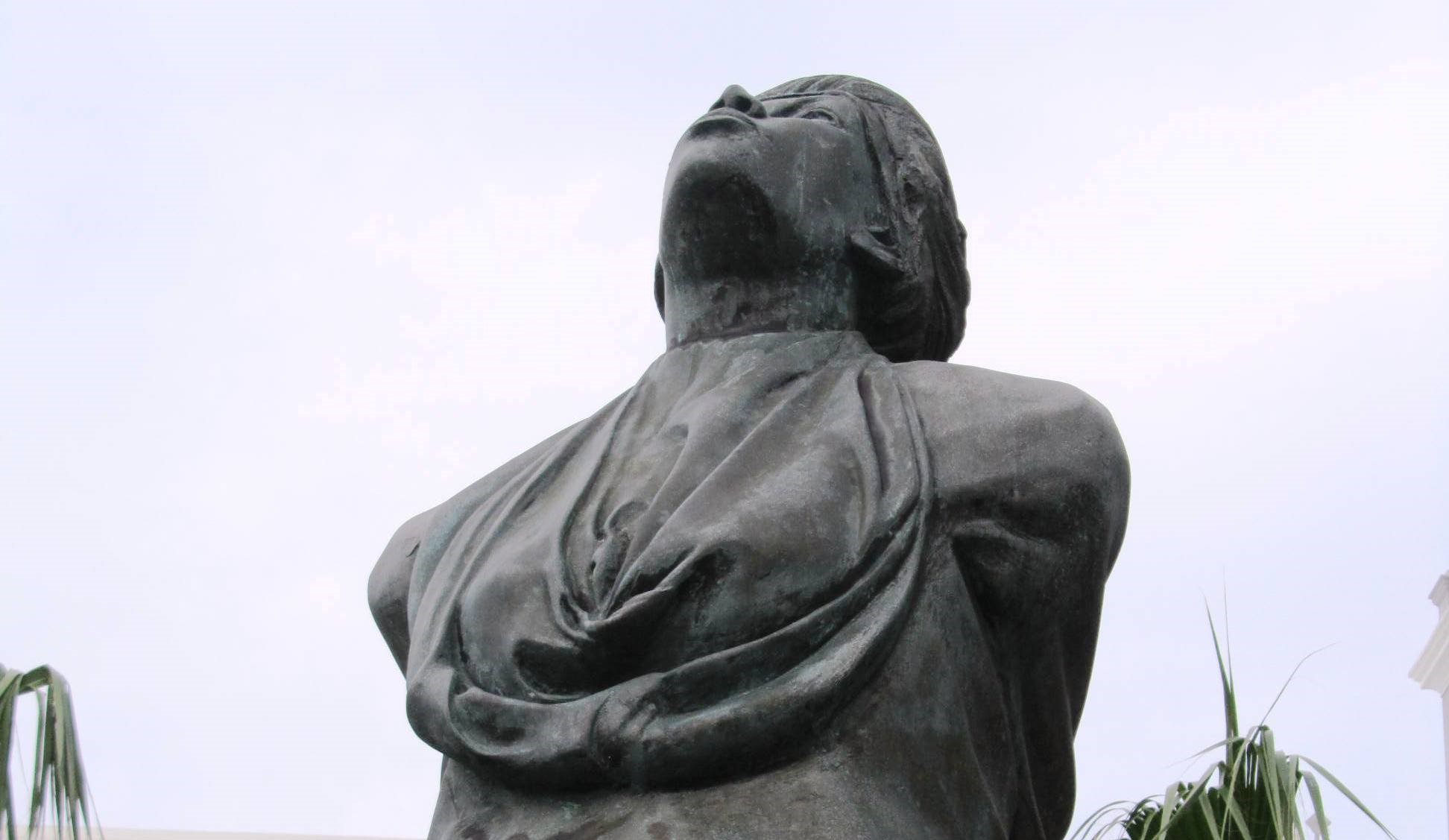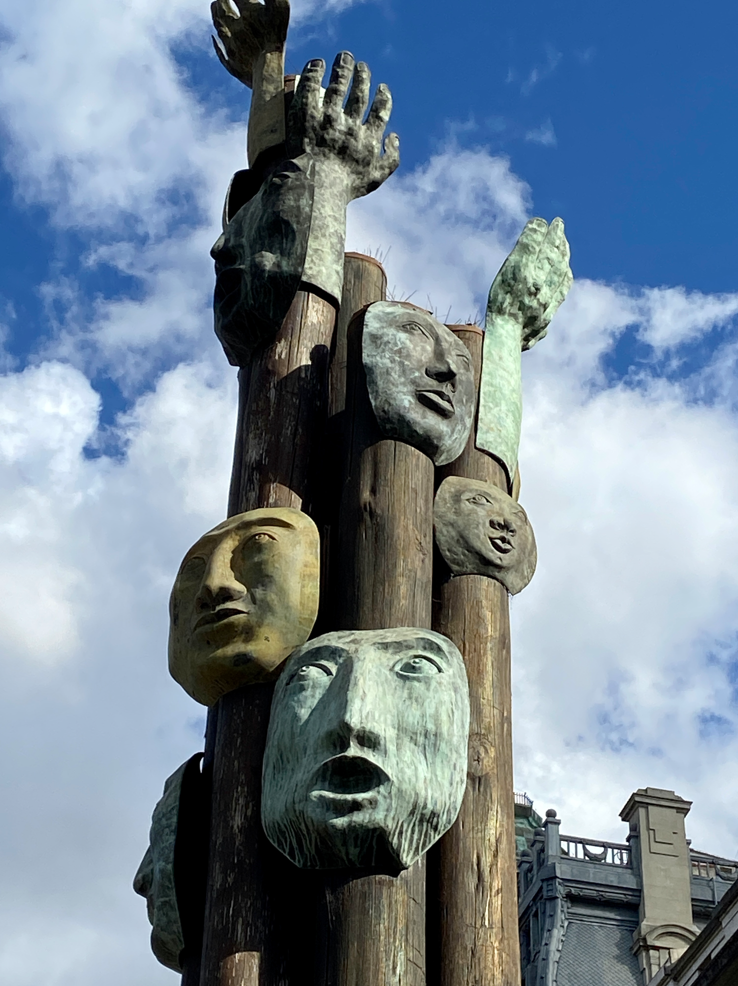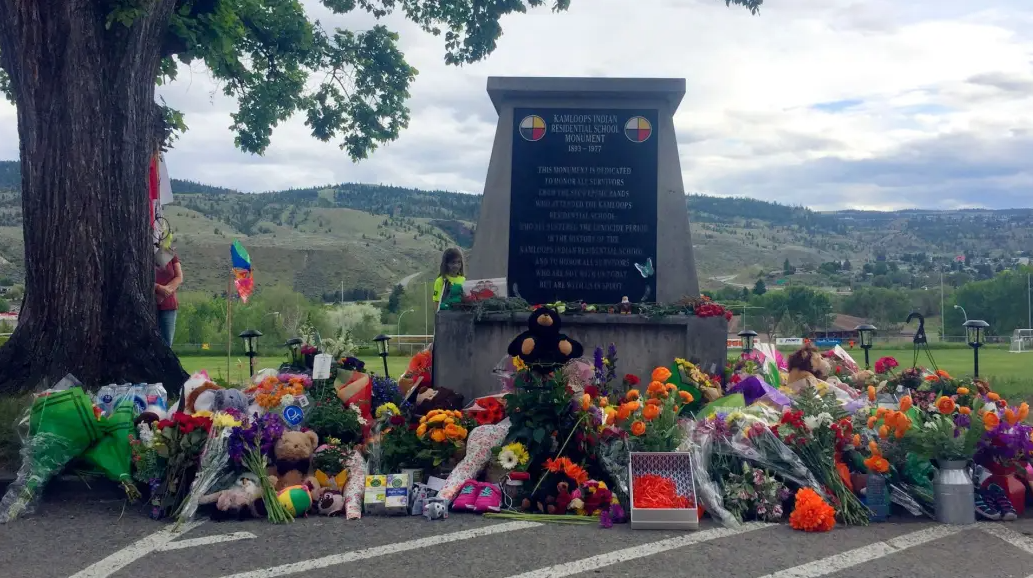Monumento a las víctimas de la hambruna
Monumento
Tema: Persecución política

Dirección
Respublika Ave 34
País
Kazajistán
Ciudad
Nursultán
Continente
Asia
Tema: Persecución política
Objeto de memoria
Rememorar a las víctimas de la hambruna sufrida por el pueblo kazajo entre 1930-1933.
Nombre o denominación institucional
Monumento a las víctimas de la hambruna
Fecha de creación / identificación / declaración
1992
Acceso al público
Libre
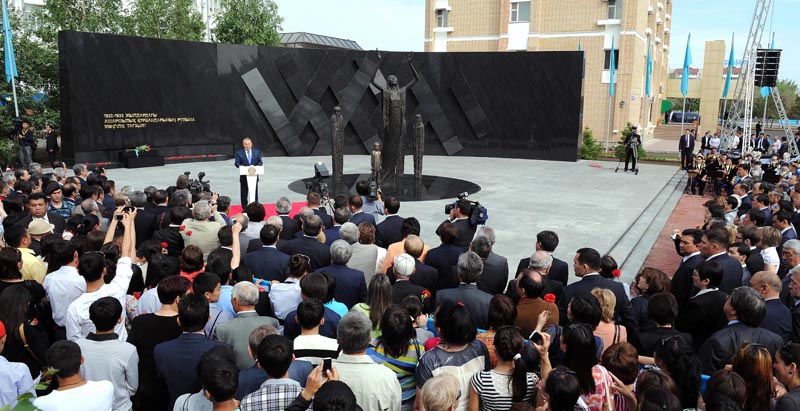
Descripción del lugar
El monumento a las víctimas de la hambruna se encuentra ubicado en la ciudad capital de Nursultán y está compuesto por figuras que representan a una madre con su hijo, ella con los brazos en alto hacia el cielo y el niño, en el centro, mira hacia el frente. Detrás hay cuatro figuras humanas y todo el conjunto está rodeado por una pared semicircular que alude a un muro de duelo con lápidas que simbolizan al pueblo kazajo. En Kazajistán, la memoria sobre la hambruna de principios de 1930 fue reconstruida principalmente a través del arte monumental.
Las décadas de 1920 y 1930 representaron para Kazajistán una enorme transformación política: fue parte del imperio ruso y luego atravesó un breve período de autonomía que finalizó en 1936 con la conformación de Kazajistán como república soviética.
A finales de 1920, la Unión de Repúblicas Socialistas Soviéticas (URSS) dio comienzo a diferentes planes económicos quinquenales. El primero de ellos (1928-1932) buscó desarrollar la industria pesada, proyecto que le demandaría considerables esfuerzos ya que la economía era mayoritariamente agrícola. Kazajos, turkmenos, kirguís y buriatos, las principales poblaciones cuyo modo de subsistencia se caracterizaba por el pastoreo nómade, fueron objeto del denominado proceso de “sedentarización”. Esto se tradujo en la colectivización forzosa de la tierra dirigida contra “los señores feudales, los bai, los Alaš-Orda, los elementos antisoviéticos y la intelectualidad nacionalista en Kazajistán” (proclama del Comité Central de la URSS en septiembre de 1928).
Pensado como prerrequisito para la reconstrucción socialista de la economía, el proyecto de sedentarización tenía cuatro objetivos: liberar tierras para el cultivo de granos; incorporar a los nómades en el sistema agrícola colectivo; disponer de fuerza laboral para la agricultura e industria; finalizar la fricción entre pastores y campesinos. Sin embargo, lo más apremiante era la liberación de tierras (colectivización forzosa) , por lo que comenzó un fuerte proceso de requisas, con altas cuotas que obligaron a los pastores a vender su ganado para cumplir con la paga. Esta situación se agravó en 1931 con el cambio de pequeños a grandes koljoses (granjas colectivas), que en la práctica significó concentrar a miles de personas en enormes granjas. Ese cambio imposibilitó continuar con el histórico intercambio comercial entre nómades y sedentarios, y mantener con vida a gran cantidad de animales ya que las granjas se encontraban establecidas en tierras inadecuadas y distantes de manantiales.
La desaparición casi total del ganado de Kazajistán fue una de las consecuencias económicas más graves y menos esperadas por Moscú de la colectivización en la región. La hambruna se extendió por Kazajistán un año antes que en la parte europea de la Unión Soviética: gran número de personas murieron por epidemias (tifus, escorbuto, viruela) aceleradas por la desnutrición. El canibalismo se generalizó y la situación se extendió en todo el país resultando en la muerte de entre 1,3 y 1,5 millón de kazajos.
Durante el período soviético, Asharshylyk (el término kazajo para “hambruna”) fue silenciado por la historia oficial. Cuando Kazajistán se independizó en 1991, el proceso de memoria y reflexión sobre la hambruna comenzó a surgir lentamente. Este tema ha sido desarrollado a través de diferentes manifestaciones artísticas, como obras literarias y cinematográficas; sin embargo, la responsabilidad de conmemorar ese pasado traumático fue asumida fuertemente por el arte monumental.
En 1997 se declaró el 31 de mayo como Día del Recuerdo de las Víctimas de la Represión Política, Y fue esa fecha la elegida en 2012 para inaugurar en Nursultán, la capital de Kazajistán, el monumento dedicado a las víctimas de la hambruna. En el país hay dos monumentos similares. Uno se encuentra en Pavlodar, al norte de Kazajistán, y fue erigido el mismo año. Representa a un niño llorando que mira al cielo, sobre el cuerpo su madre muerta; ambos están en el centro de un muro que se abre para que las figuras emerjan. El otro fue emplazado en 2017 en Almaty, la antigua capital y la ciudad más grande de Kazajistán, en el lugar donde en 1992 se había instalado una piedra con la inscripción “El monumento a las víctimas de la hambruna de 1931-1933 se levantará aquí”. Consiste en una estatua de tres metros de altura que representa a una mujer demacrada sosteniendo en brazos a un niño hambriento. Los tres monumentos tienen la misma estructura: la representación de una madre y su hija/o, tematizando la hambruna y la muerte. Si bien han surgido de la iniciativa de la esfera estatal, el monumento a las Víctimas de la Hambruna de Nursultán fue el resultado de un concurso nacional, mientras que los de Pavlodar y Almaty se crearon por decisión de la administración de cada ciudad.
Estos tres monumentos constituyen las únicas marcas de conmemoración, aunque el tema ha sido tratado en obras artísticas individuales, como libros o documentales. Asimismo, los debates públicos sobre la hambruna y la participación por parte de la comunidad se enmarcan en una práctica más amplia que busca recordar a todas las víctimas de la represión política. Así, los 31 de mayo –día del recuerdo a la represión política– se presentan tributos florales no solo en los monumentos dedicados a las víctimas de la hambruna sino en otros, como el Muro de la Memoria del museo-memorial del antiguo “Gulag de Akmólinsk para mujeres de los traidores de la patria”. También se exhiben obras cinematográficas en los museos del país y se hace un minuto de silencio para honrar a quienes padecieron las persecuciones y represiones del régimen soviético

